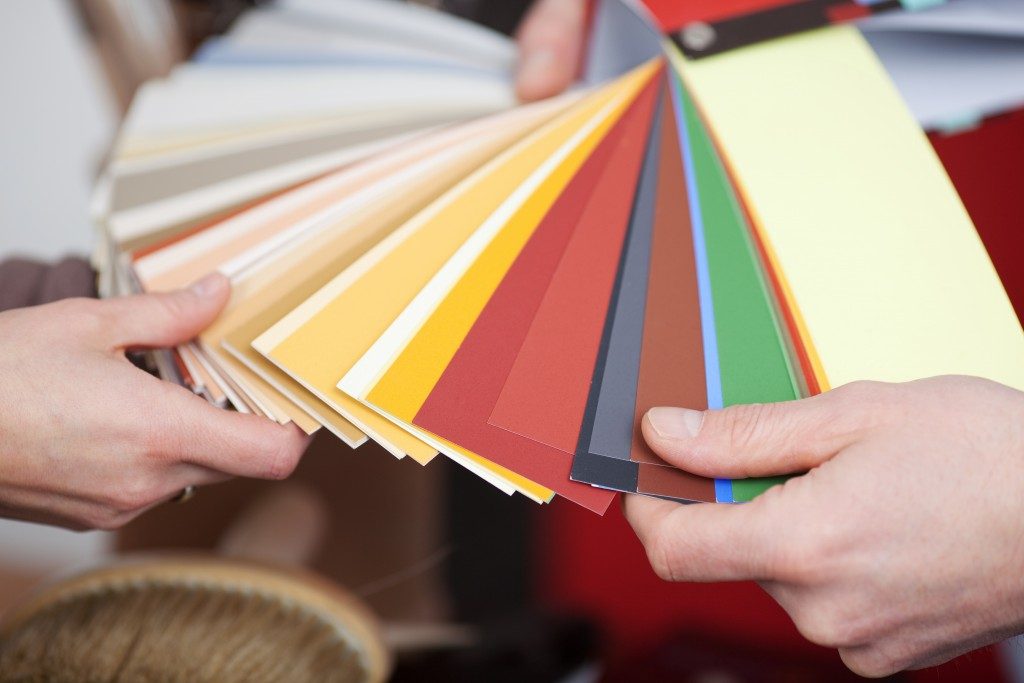Colour preferences widely vary from person to person. Some people love the look and feel of neutrals, while others love the bold, dramatic, and the dark. Fortunately, there is no really right or wrong colour scheme.
That said, however, you have probably walked into a home where a colour explosion greets you, only to make you feel confused or overwhelmed by the homeowner’s colour choices. You could avoid this in your own home by referring to the guidelines below when selecting a cohesive colour scheme for your abode.
Select a Paint Colour that ‘Flows Through’
A practical way to get that cohesive look and feel throughout your home is to utilise a consistent colour on all the walls of adjacent spaces. Especially in houses with an open floor layout, it is best to pick just one colour that is going to be your primary neutral or colour.
You do not necessarily have to pick a grey or white hue. However, your foyer or entryway, hallways, as well as the primary connector room must ideally have the same colour since you want it to be the dominant hue in those spaces.
Pick Colour Groups
An easy way to ensure that your chosen colour scheme is cohesive and flows throughout your entire home is to pick colours in the same temperature group. Some homeowners may opt for a cool colour scheme with blues, greens and greys, while others may go with a warm colour palette with yellows, oranges and reds.
You could likewise choose a colour or two and utilise variations of it. For instance, if yellow is your primary colour, you could complement it with a pure yellow, yellow-orange, and mustard yellow. For the paint colour on your walls, you can request the painting company you hired in Sydney to mix a tint of a specific colour that can be done by making the colour darker or lighter.
This is a very easy way to tie all your chosen colours together instead of getting stuck in just one colour.
Don’t Forget The Sightlines
When standing in your living space, can you see other rooms from there? Those are your sightlines. If you can see your foyer, dining room, or kitchen from there, the colours for these rooms have to blend well together.
Tie Spaces Together Using Accent Colours

While it’s perfectly fine to have different accent colours in different spaces, having even just one consistent shade throughout your house will help lend that feel of cohesiveness. For example, if you used blue and yellow in the living room, you could use both colours or one of them, let’s say yellow, in your kitchen, so yellow is the colour that would tie those two spaces together.
Are you still confused? If so, consider hiring a reputable decorator in your area to help you pick the best colour scheme for your home. You could hire a decorator for the entire project or as a consultant to help you tweak your home’s colour scheme so that everything will look cohesive throughout.
Otherwise, take cue from the suggestions above and have fun picking out colours.
